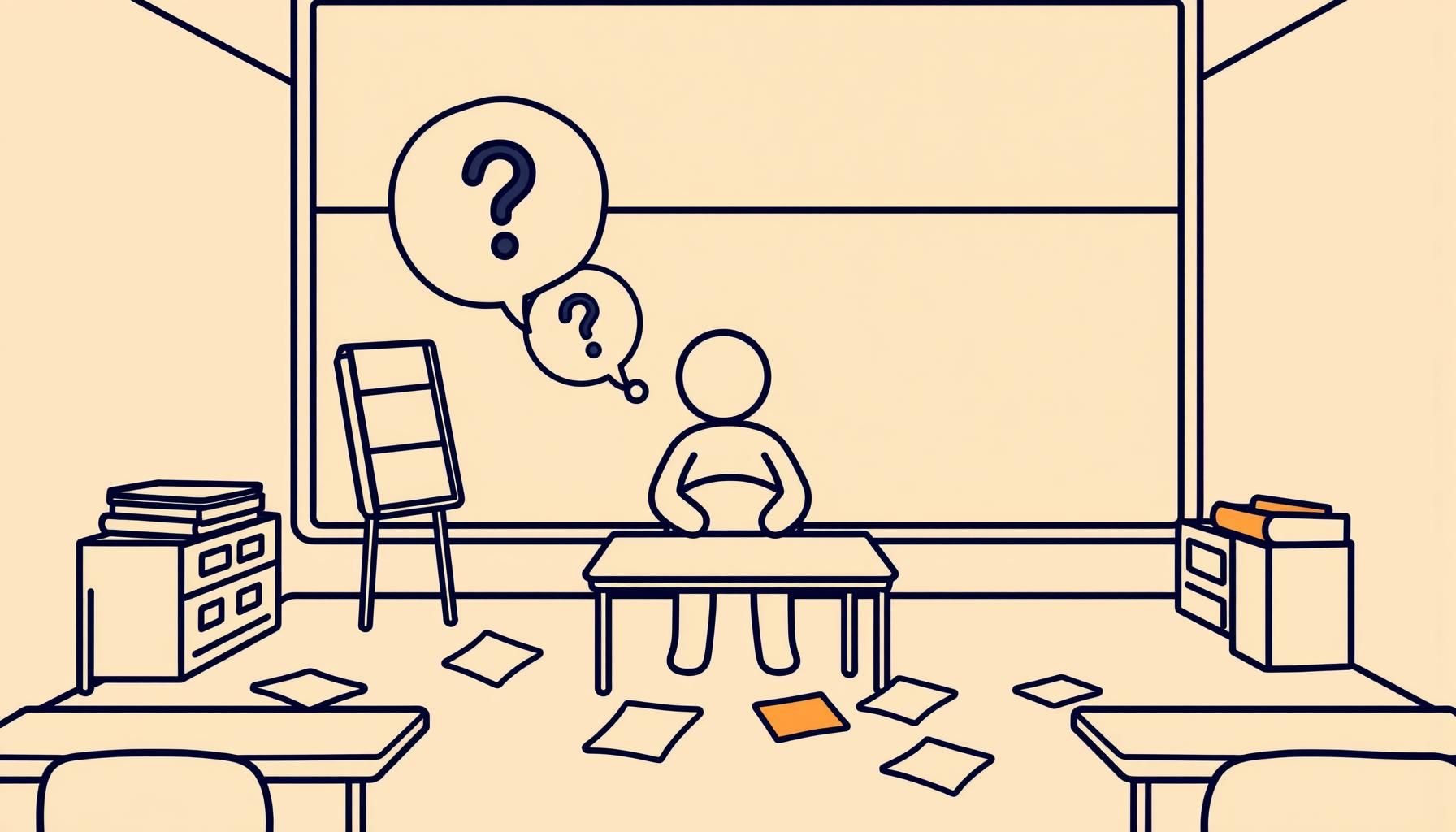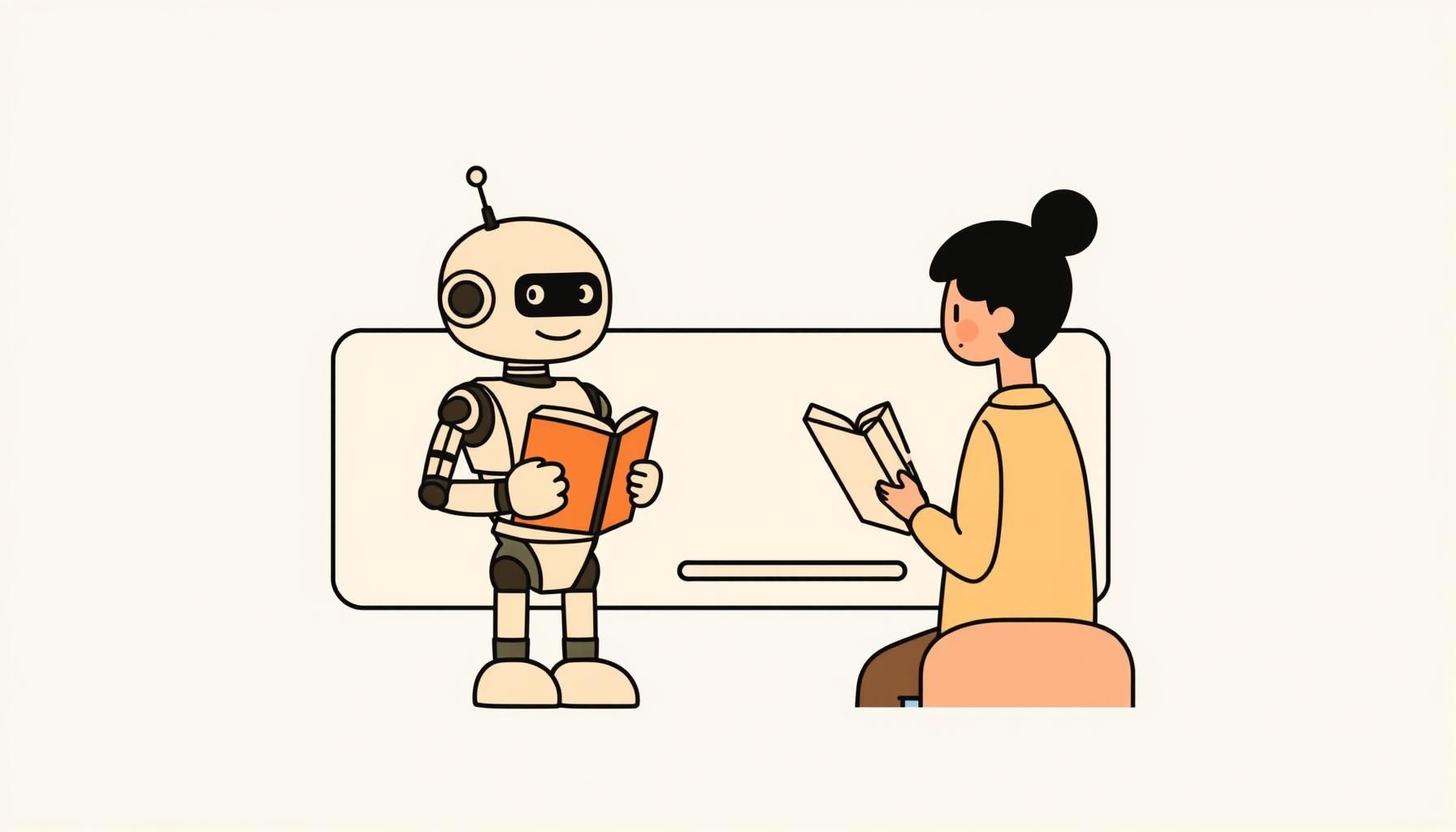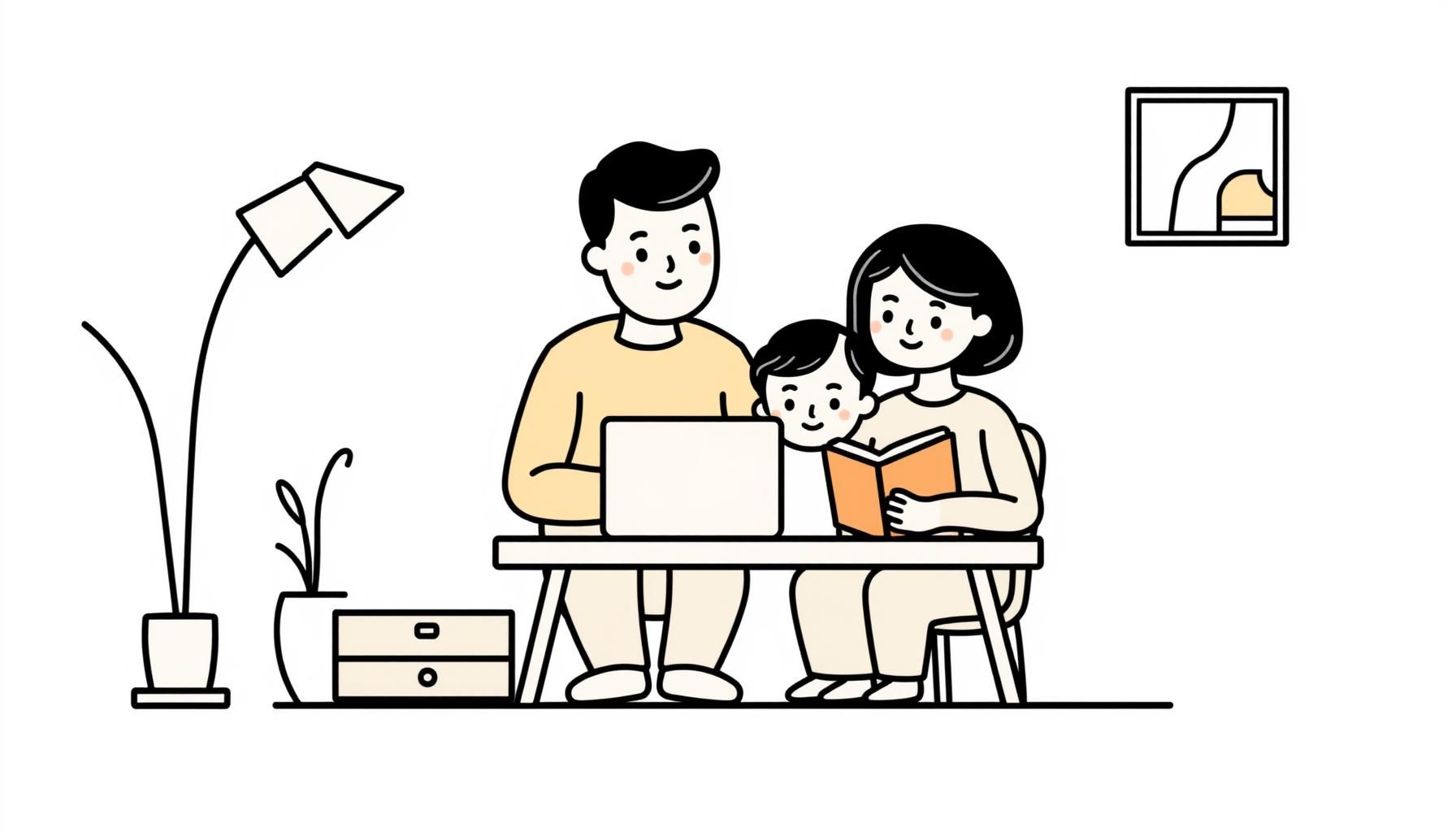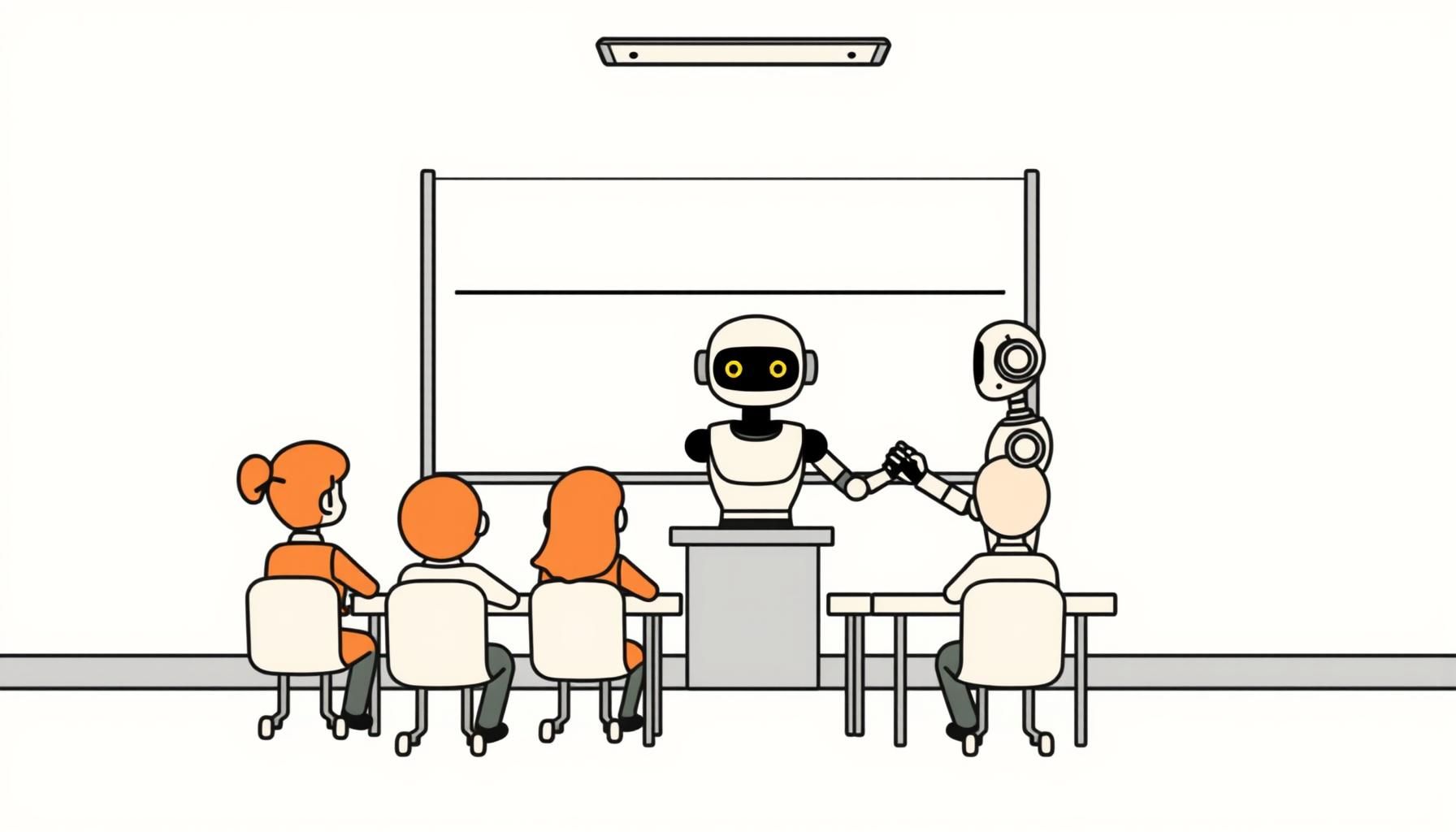
A dad and his daughter exploring technology together, symbolizing the journey of learning and discovery in the age of AI.
Raising a curious 7-year-old, I’ve seen firsthand how tech is reshaping learning. It’s happening fast, and it’s both thrilling and a bit overwhelming! Lately, there’s been a lot of buzz about AI in classrooms, and honestly, it’s got me thinking—how can we, as parents, stay in the loop and support our children’s education in this new era? It’s incredible to see how AI can ignite curiosity in kids! Building on that, let’s explore how we can navigate AI in education, ensuring our kids are well-prepared for the future.
What’s Happening with AI in Education Today?

A teacher and students engaging with AI tools in the classroom, highlighting the integration of technology in education.
Canadian teachers are feeling the pressure to integrate AI into their classrooms, but many feel unprepared. Heidi Yetman, the outgoing president of the Canadian Teachers’ Federation, points out that the current guidance is often vague and doesn’t provide meaningful insights into the potential and pitfalls of AI. This vagueness can leave teachers and parents scratching their heads, wondering how to best support our kids. In some provinces like Alberta and Quebec, there are guidelines, but they’re often inconsistent and don’t offer the specific, practical advice teachers need. This inconsistency can make it challenging for educators to feel confident about incorporating AI into their teaching methods. As parents, it’s important for us to understand these challenges and work together with teachers to create a supportive learning environment for our kids.
Can AI Really Help in the Classroom?

AI tools being used to provide personalized learning experiences for students, showcasing the potential of technology in education.
Despite the challenges, AI has the potential to enrich our education system in so many ways. Imagine AI as a helpful guide on our family adventures—it can streamline administrative tasks, freeing up more time for teachers to focus on student-centered activities. AI can also provide personalized learning experiences, helping each child reach their full potential. For example, AI tools can adapt to a child’s learning pace and style, offering tailored exercises and feedback. This personalized approach can make learning more engaging and effective, much like how we tailor our family outings to include activities that excite and inspire our little ones. In British Columbia, a suite of materials has been developed to support the integration of AI tools in classrooms. These resources help teachers formulate local procedures and policies, and they offer support for teaching AI concepts and related digital literacy skills. This is a great step forward, and it’s something we can all learn from as we navigate this new landscape together.
How Can Parents Support Their Kids in This New Era?

Parents and their child exploring technology together, emphasizing the importance of family involvement in learning.
So, how can we support our kids? First, it’s crucial to stay informed. Keep an eye on the guidelines and resources provided by your child’s school and province. Engage in conversations with teachers and other parents to share insights and best practices. Remember, we’re all in this together, and collaboration is key. Second, encourage a balanced approach to technology. While AI can be a powerful tool, it’s important to ensure that our kids also have plenty of opportunities for hands-on, screen-free learning. Think of it like a well-balanced meal—variety is essential for growth and development. Lastly, foster a growth mindset. Encourage your child to explore, experiment, and learn from mistakes. This mindset will serve them well, whether they’re navigating AI tools or tackling any other challenge that comes their way. It’s amazing to see how AI can make learning more personal and engaging for our kids, just like how we tailor our family outings to their interests.
What Does the Future Hold for AI in Education?

A glimpse into the future of AI in education, showcasing the potential for innovation and growth.
As we look to the future, it’s clear that AI will continue to play a significant role in education. The key is to approach this change with optimism and a willingness to learn. By staying informed, engaging with our children’s schools, and fostering a balanced approach to technology, we can help our kids thrive in this new era. Let’s remember that every challenge is an opportunity for growth, and every step forward is a chance to create a brighter future for our children. Together, we can navigate the world of AI in education and empower our kids to reach their full potential. So, let’s roll up our sleeves, open our hearts, and embark on this exciting journey together. Our kids are counting on us, and with the right support and guidance, they’ll be ready to take on whatever the future holds.
Source: Canadian teachers yearn for guidance, instruction as AI infiltrates classrooms, CBC, 2025-08-04
